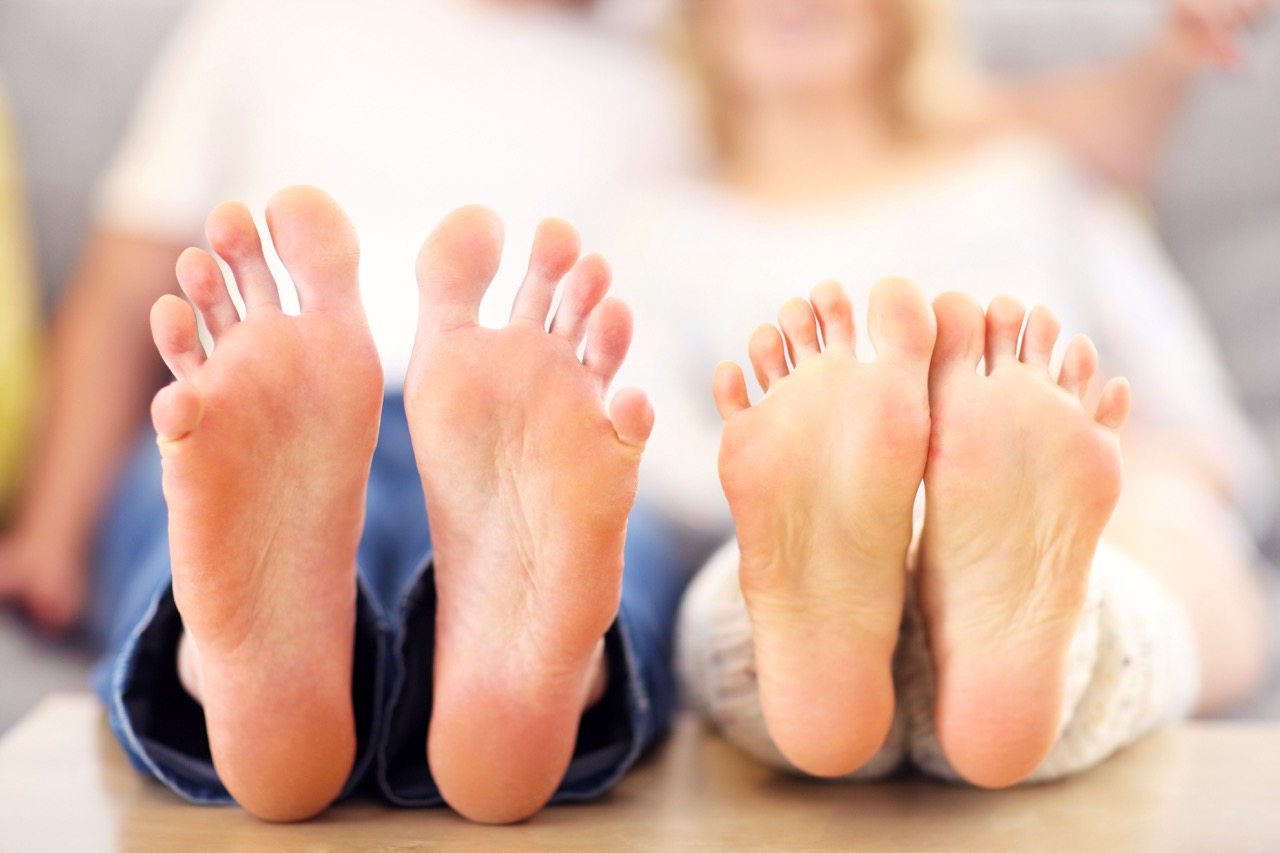The Relationship Between Foot Mobility and Swimming Kicks

Foot mobility is a crucial yet often overlooked aspect of swimming performance. It plays an essential role in the efficacy of swimming kicks, which are fundamental for propulsion and stability in the water. Understanding the relationship between foot mobility and swimming kicks can help swimmers enhance their techniques, improve their speed, and reduce the risk of injury. This article explores the intricacies of foot mobility, the factors that influence it, the specific requirements of various swimming kicks, and methods to improve mobility for better swimming outcomes.
Understanding Foot Mobility and Its Impact on Swimming Kicks
Foot mobility refers to the range of motion in the joints and soft tissues of the foot and ankle. In swimming, this mobility is vital as it allows for more effective propulsion through the water. A swimmer with good foot mobility can achieve a more streamlined position, facilitating a more efficient kick that translates to speed and power. Lack of mobility can hinder a swimmer’s ability to maintain the necessary angles and positions required for optimal kicking.
The impact of foot mobility on swimming kicks can be seen in various strokes, such as freestyle, butterfly, and backstroke, where well-executed kicks provide balance and assist in maintaining a streamlined body position. Swimmers with limited foot mobility may struggle to produce powerful kicks, leading to increased drag and decreased efficiency. Conversely, those with good foot mobility can generate a more fluid and effective kicking motion, enhancing overall performance.
Moreover, foot mobility contributes to the swimmer’s ability to adapt to different kicking techniques. For example, a flexible foot allows for better dorsiflexion, which is essential for executing a strong flutter kick or a powerful dolphin kick. This flexibility ultimately enables swimmers to maximize their propulsion while minimizing energy expenditure, making the relationship between foot mobility and swimming kicks a critical area of focus for competitive swimmers.
Key Factors Influencing Foot Mobility in Swimmers
Several factors influence foot mobility in swimmers, including genetics, training practices, and overall physical fitness. Genetic predisposition can determine an individual’s natural range of motion, affecting foot flexibility and mobility. Some swimmers may inherently possess more anatomical flexibility in their ankles, allowing them to achieve better kicking positions, while others may need to work harder to attain similar levels of mobility.
Training practices also play a significant role in developing foot mobility. Swimmers who incorporate specific exercises that target the ankle and foot muscles can enhance their flexibility and strength. Stretching routines, strength training, and balance exercises can help swimmers improve their mobility, making it easier to execute effective kicks and maintain proper technique in the water.
Additionally, overall physical fitness can impact foot mobility. Swimmers with strong core and leg muscles are better equipped to support their ankles and feet, leading to improved mobility. Engaging in cross-training activities, such as yoga or Pilates, can further enhance flexibility and strength, thereby positively influencing foot mobility and swimming performance.
Analyzing Different Swimming Kicks and Their Requirements
Different swimming strokes require distinct kicking techniques, each with its own demands on foot mobility. The flutter kick, commonly used in freestyle and backstroke, requires a horizontal position of the feet and a quick up-and-down motion. This kick benefits significantly from good dorsiflexion and plantarflexion, as swimmers must maintain a streamlined profile while generating propulsion.
The dolphin kick, predominantly used in the butterfly stroke, necessitates a more powerful and undulating motion. This kick requires not only flexibility in the feet and ankles but also a strong core to drive the motion through the hips and legs. Effective dolphin kicks can be challenging to execute without adequate foot mobility, as restricted ankle movement can hinder the necessary wave-like motion.
Lastly, the breaststroke kick demands a unique combination of foot positioning and mobility. Swimmers must execute a circular motion with the feet, which requires sufficient flexibility to allow for a wide range of movement. The effective utilization of the feet and legs in breaststroke relies heavily on foot mobility, as any constraints can disrupt the rhythm and power of the kick, ultimately affecting the swimmer’s overall performance.
Enhancing Foot Mobility for Improved Swimming Performance
Improving foot mobility is a multifaceted process that involves targeted stretching, strength training, and mobility exercises. Swimmers can benefit from incorporating dynamic stretches into their warm-up routines to prepare their feet and ankles for the demands of swimming. Exercises such as ankle circles, toe stretches, and calf raises can enhance flexibility and promote a better range of motion.
In addition to stretching, strength training can play a critical role in enhancing foot mobility. Targeted exercises that focus on the intrinsic muscles of the feet and surrounding structures can help build strength and stability. This can include exercises such as resistance band work or using a balance board, which can improve proprioception and coordination, further enhancing foot mobility and overall swimming performance.
Finally, consistency is key. Swimmers should integrate mobility work into their regular training schedules, ensuring that they dedicate time each week to focus on improving foot flexibility and strength. Regular assessments of foot mobility can help track progress and identify areas for improvement, allowing swimmers to tailor their training to maximize the benefits of enhanced foot mobility in their swimming kicks.
In conclusion, the relationship between foot mobility and swimming kicks is integral to achieving optimal performance in the water. Understanding the importance of foot mobility, along with the factors that influence it, enables swimmers to tailor their training approaches effectively. By analyzing the specific requirements of various swimming kicks and implementing targeted exercises to enhance foot mobility, swimmers can significantly improve their kicking techniques. Investing time and effort into foot mobility training not only boosts swimming performance but also contributes to overall athletic efficiency and injury prevention.




